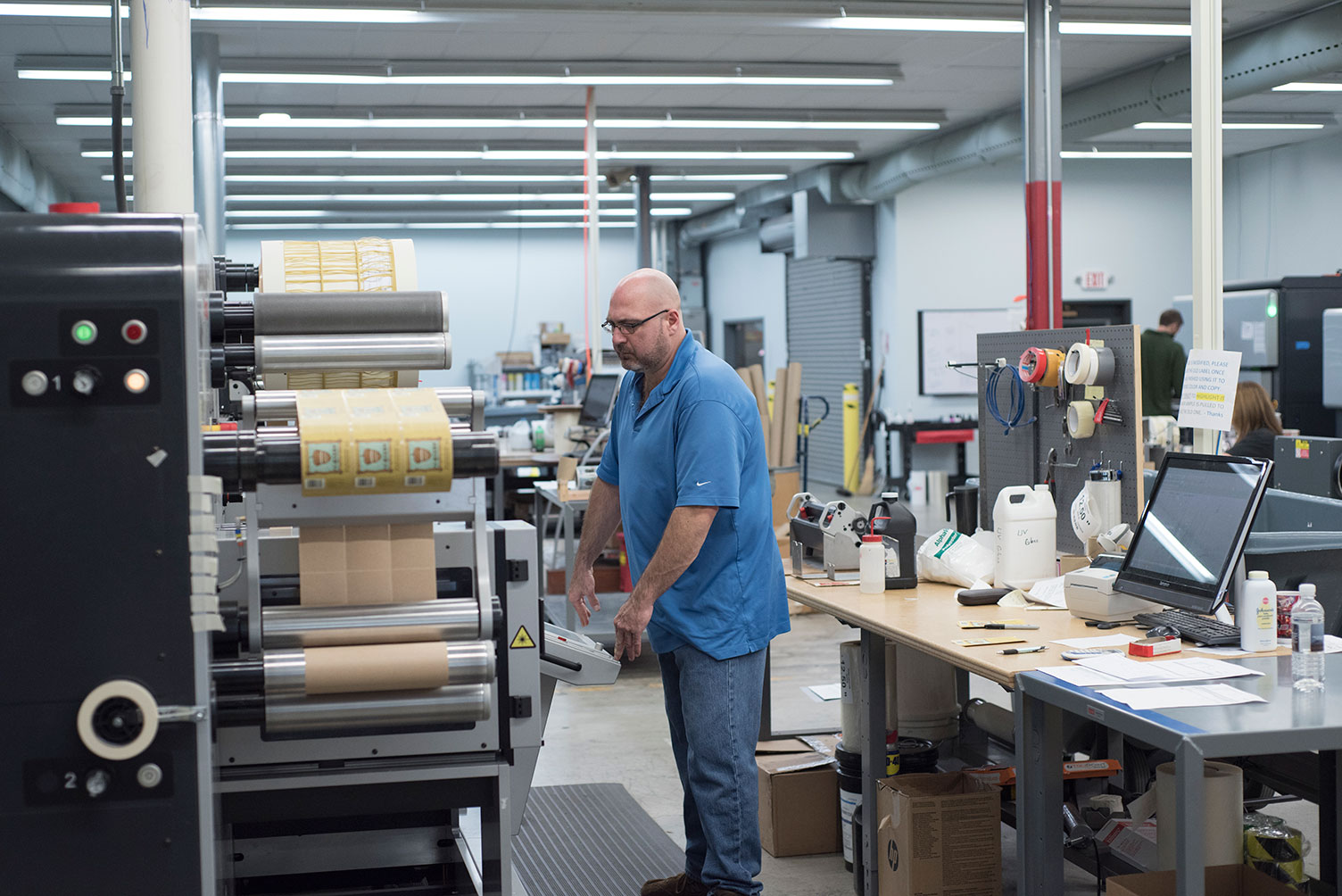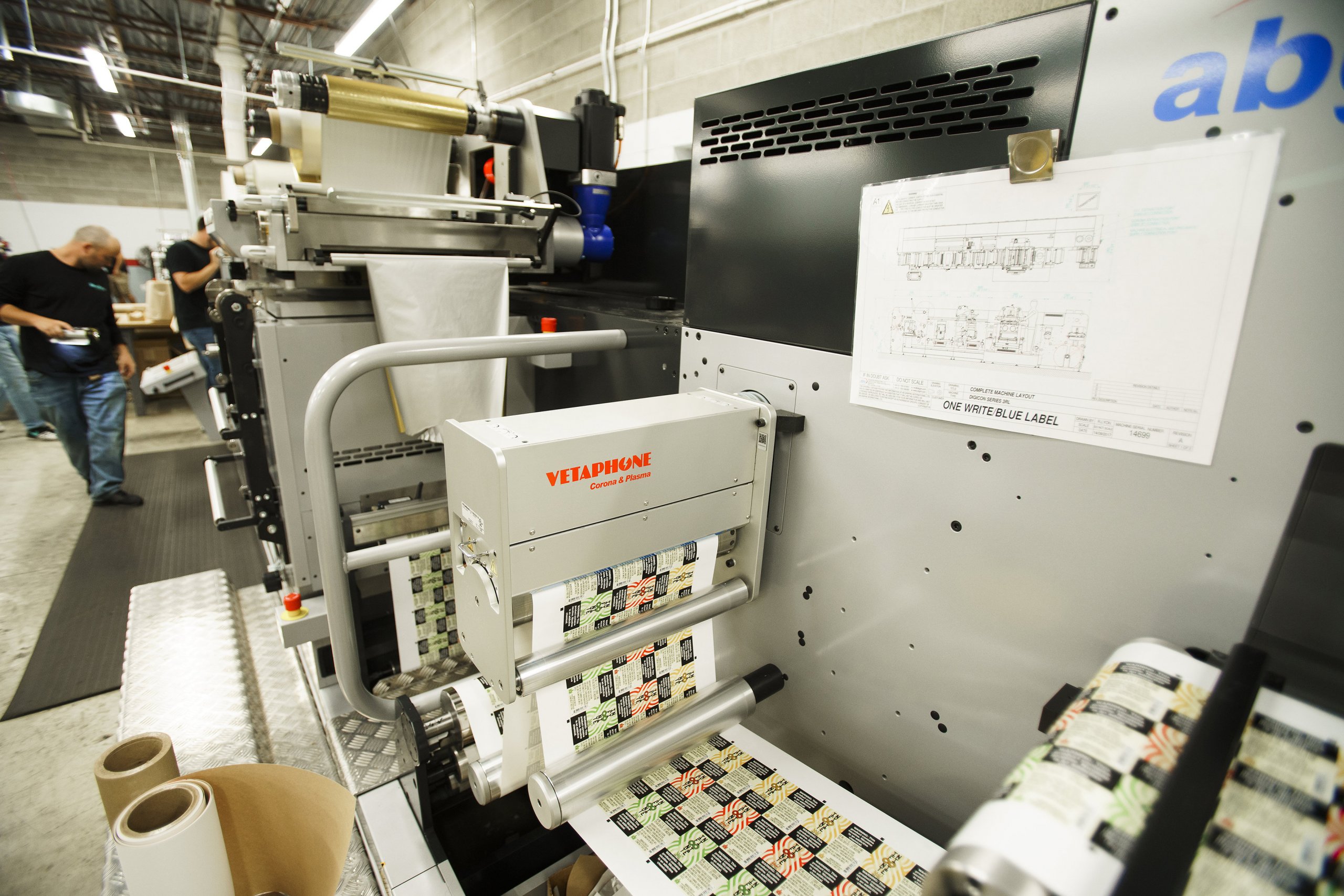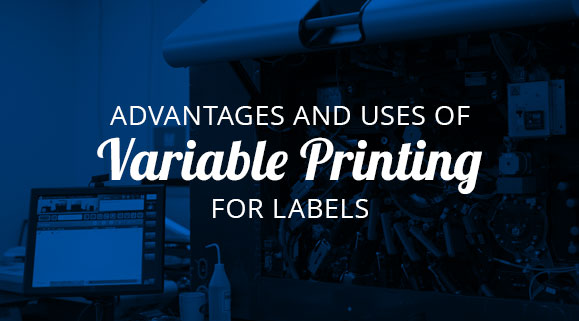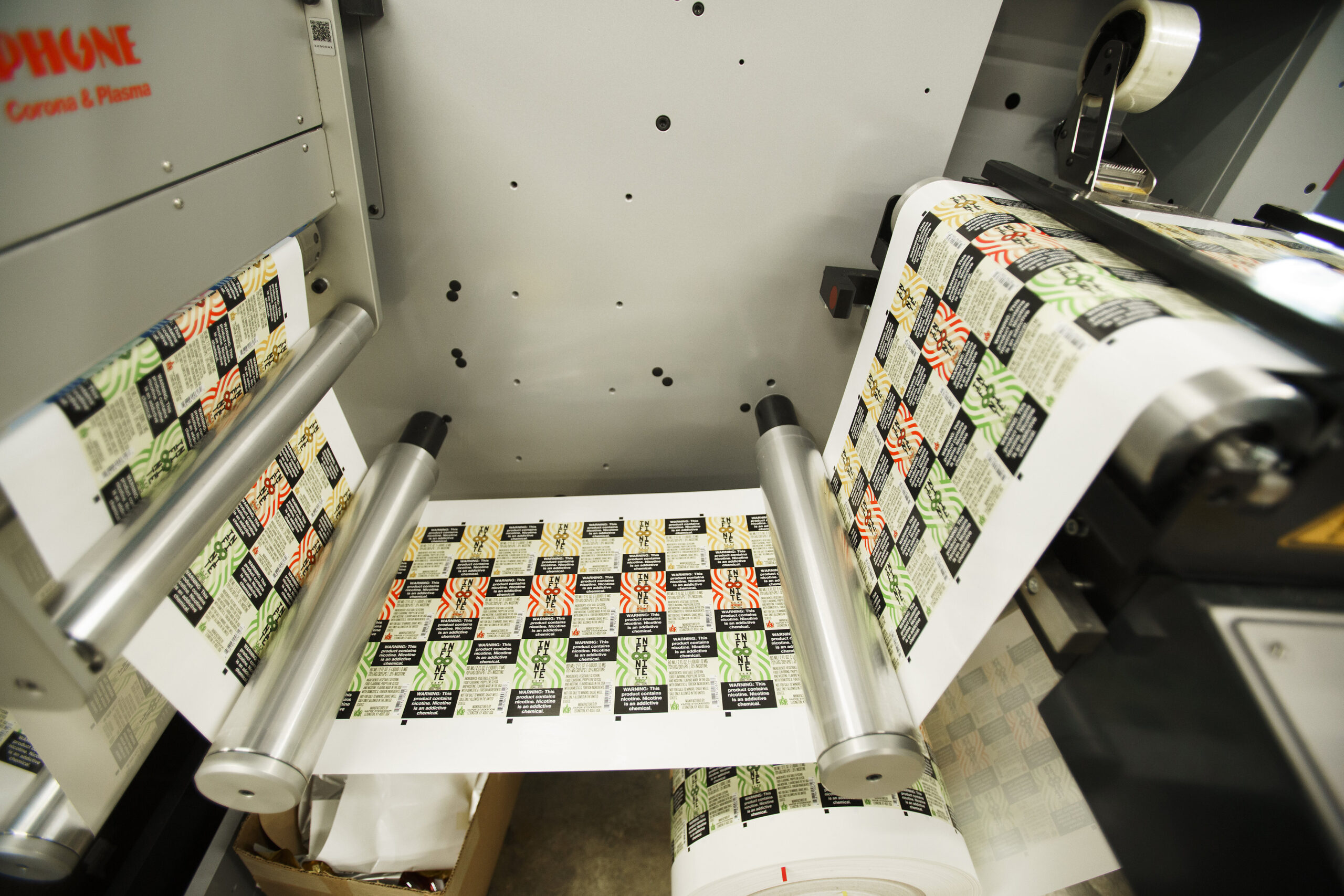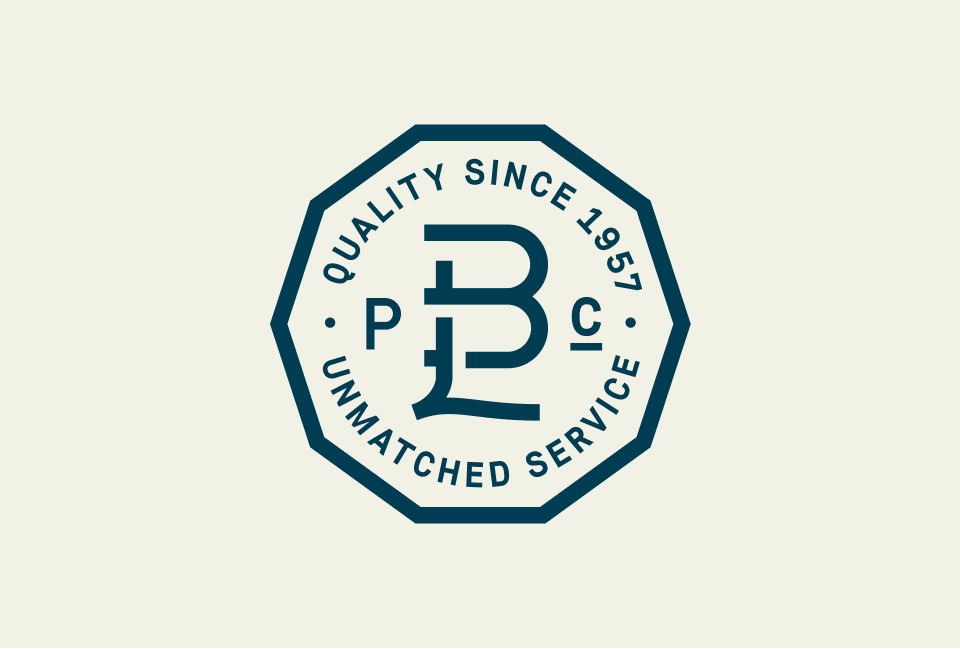6 Questions You Should Ask a Digital Label Printer
- Packaging
- small business
- turnaround time
- variable data printing
However, you shouldn’t settle for just any digital label printing company. Some research and pointed questions can help you find the right label printing company for your business. To help your search, here are six key questions to ask a potential printing partner to gauge if they have the right blend of capabilities and customer service for your company.
What are Your Digital Printing Capabilities?
A digital label printing company isn’t going to be a good fit if they can’t do what you need them to do. Some companies specialize in specific industries which can mean that they only work with certain types of materials or don’t offer special printing techniques that can elevate your label like hot foil stamping or embossing. If you have an idea about what type of labels you’d like, or want to see what label printing techniques a printer offers, ask them to give you a rundown of their capabilities to see if they can handle your project.
You may also want to inquire about what printing technology a printer uses. A good print engine plays a big part in what capabilities a printer can offer. Digital printing encompasses a wide range of services and technical specifications, but most importantly it can also improve production time for jobs of all sizes. Blue Label uses HP Indigo digital printing presses, which offer state-of-the art technology that allows us to print on any substrate or material to create eye-catching labels. This technology also allows us to offer special services such as variable data label printing to businesses of all sizes.
What Colors Can You Print and Can You Color Match?
Colors are a key aspect of your branding. You shouldn’t have to sacrifice your design to accommodate your printer, so make sure that your printing company can recreate it before setting your heart on them. An important part of this includes making sure that both parties use the same color model.
In terms of color models, the three most common abbreviations you’ll see are CMYK, RBG, and PMS. Digital printers use CMYK, “Cyan, Magenta, Yellow, and Black.” The RGB color model is designed for use on light-emitting surfaces like screens, whereas CMYK is meant for use with ink. Because of this, RGB colors won’t look quite the same when printed on a digital machine. Typically, CMYK can reach roughly 85 percent of the PANTONE (or PMS) color gamut (another word for the full spectrum of colors possible), but some printing companies can add additional colors to capture even more potential PANTONE colors. For example, Blue Label can add orange and violet, which allows us to create up to 95 percent of PANTONE colors. Those extra color options can make a huge difference when your design is on the line.
If you have a PANTONE color in mind, see if it’s something that’s within a printer’s capabilities. You don’t want to be halfway through the printing process and find out that one shade just isn’t going to happen.
If you don’t have a PANTONE or CMYK color, a printer may be able to use a physical sample or a color swatch to match it. Ask if you can send a physical sample for them to match and make sure that you see a hard copy proof to ensure they did a good job. One person’s pistachio green is another’s green ash, so it’s a good idea to see a physical proof to make sure everyone is on the same page.
Can I See a Proof of My Project?
Speaking of hard copy proofs, you should ask a potential printer if they can send you a sample label even if you aren’t trying to color match something. If you’re going to spend your hard-earned money on new labels, you deserve to see a proof before you commit to a full run.
Any digital printing company should provide you with a PDF proof or some other example that you can see from your computer, keep in mind what we said about colors looking different on your screen versus printed in CMYK. Moreover, you should also see if they can provide you a physical sample of your label. The reason that hard copy proofs are critical is that you can’t completely trust your monitor or TV screen. Every light-emitting surface displays images differently. Some screens are lighter than average, while others are darker. This means that there’s always a chance that the labels you see on your screen won’t look the same in real life. A physical copy removes that doubt so that your printer can get it right on the first run.
Color isn’t the only thing you should review. Physical proofs also give you an opportunity to check your labels for sizing issues and other errors that don’t quite translate on a screen. A good digital printing company should be able to provide a sample label proof for a small fee, which can remove any doubts and allows you to request changes. If a printing company doesn’t want to give you a hard copy proof on request, then you should probably consider trusting someone else with your labels.
What are Your Turnaround Times?
When you have deadlines to hit, you’ll want to know exactly how long your printer will take to make and ship your new labels. A printing company should give you a clear answer when it comes to an expected turnaround time. For example, Blue Label customers know that they can expect their labels to ship three to five days after a proof is approved and a purchase order is signed. Turnaround times at other printing companies may vary, but when your business is on the line, we believe a set turn-time is a standard not an expectation.
Don’t be afraid to ask if there are any situations where these turnaround times may change. There are special circumstances that can lengthen the process, such as the need to purchase a custom die or a special substrate. If this is the case, a printer should let you know about these potential delays as soon as possible. If your contact at a printer is dodgy about delivery times and expectations, you shouldn’t expect much from them.
What are Your Minimums?
Can’t invest in a huge printing job? Digital label printing is well-suited for both large and small orders, which gives you a lot of flexibility when it comes to ordering labels. However, every printing company can have a minimum requirement when it comes to small orders.
These requirements can differ from company to company. Some printers go by quantity of labels. Others use monetary value. Either way, a label printing company should make these minimums readily available if you ask about them. At Blue Label, our minimum order amount is as low as $200, which is perfect for quick runs that fall within your comfort level. As usual, if a company is tight-lipped about it’s minimum, you should be wary of if they’ll leave you hanging on a small order.
How Accessible is Your Company?
Finding a good printing partner is about more than just technology and capabilities. You should be able to trust the people you work with as well. A quick turnaround time isn’t all that effective if your contact takes a while to get back to you or if nobody is available to answer your questions.
When you’re trying to identify a good printing partner, ask them how available they are during the printing process and who your point of contact is for your project. The custom product label process requires a lot of attention to detail and quick responses to job requests, order acknowledgment, and any necessary changes depending on your product needs or design. During this process, your printer may assign you an account manager who will discuss the ins and outs of your project and make sure everything is good to go when it comes time to print. If your printer has trouble even responding to your questions about accessibility, then they’re probably not all that accessible.
Find a Digital Label Printing Company with the Right Answers
You should never feel uncomfortable with your printing company. At Blue Label, we put in the time and effort to understand your needs, industry, and products so that we can provide you with the perfect labels. Contact us today to ask our experts about what we can do to become the right digital label printing company for your business.
